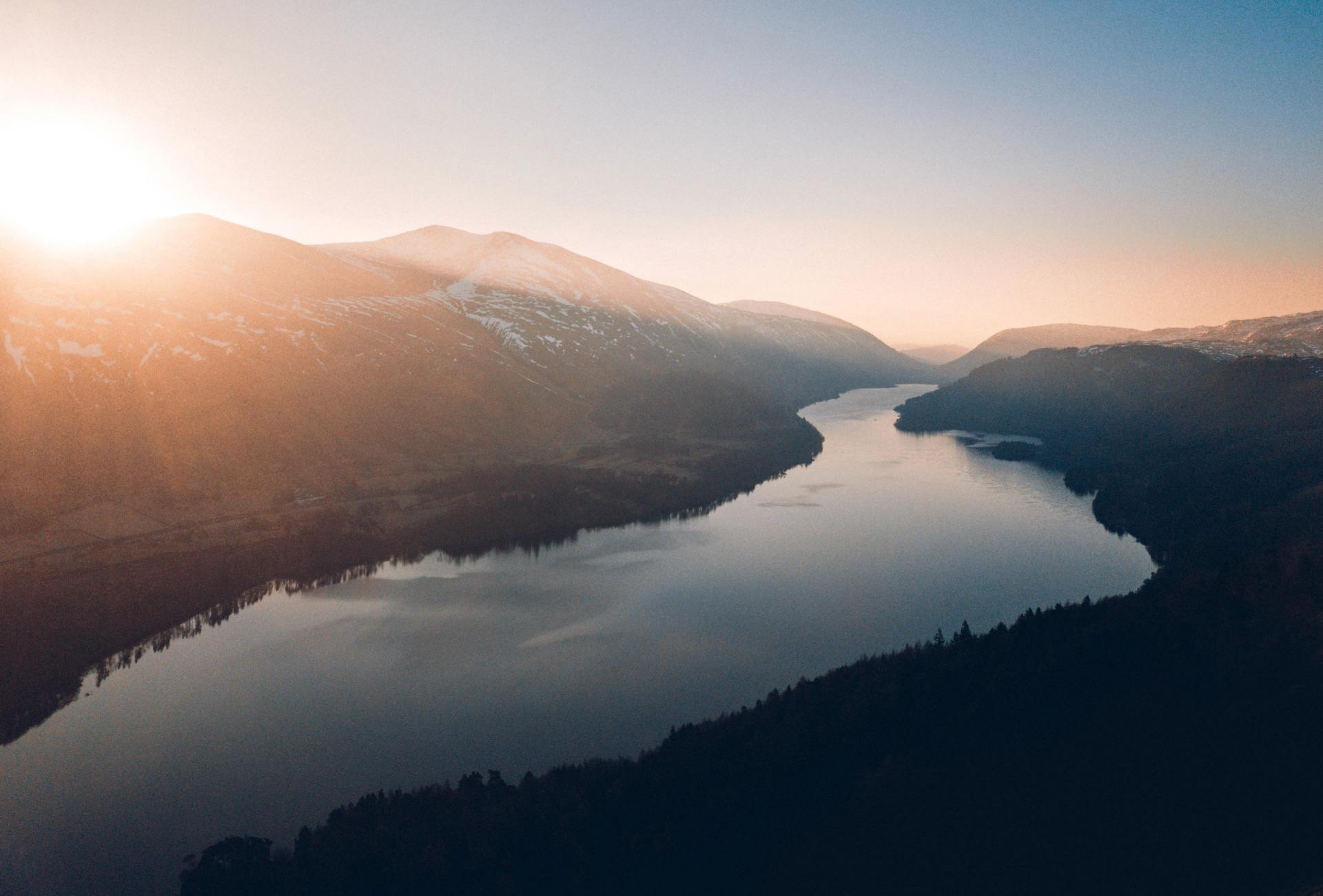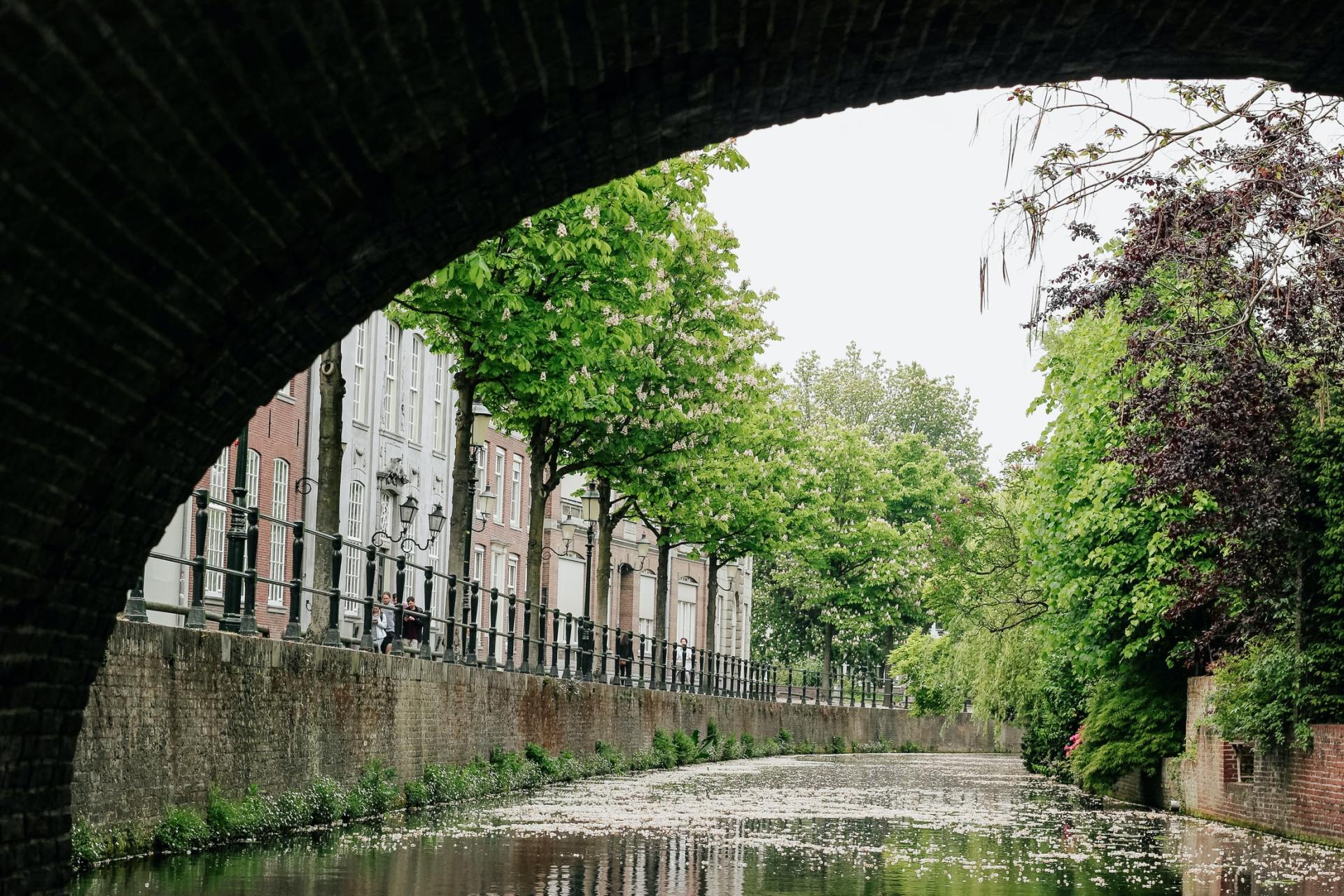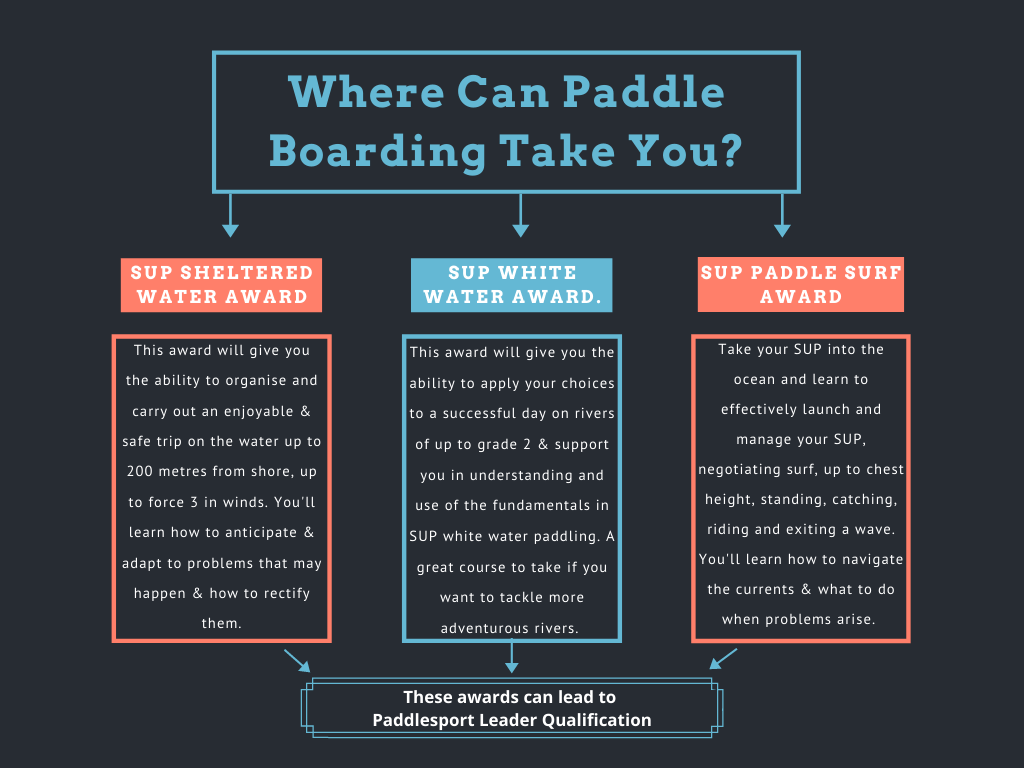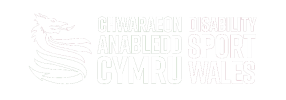- Home
- About
- Go Paddling
- #ShePaddles Cymru
- Qualifications & Awards
- Competition
- Resources
- Access to Waterways
- Ceufad
- Club Support and Affiliation
- COVID-19 Guidance
- Discounts and Special Offers
- Event Planning and Safety
- Insurance
- Craft Insurance
- Protecting Our Environment
- Safeguarding and Child Protection
- Report an Incident
- #ShePaddles Cymru Champion Club Programme
- The Canoeing Code
- Young Volunteers
- Shop
- Environmental and Access
- Standards For Deployment
- AGM 2024
SUP, or Stand Up Paddleboarding, is one of the easiest ways to get started on the water. SUP's are fun, versatile, and totally instagrammable, meaning an adventure is more accessible than ever. Whether you live by the sea, near a river, lake or canal, you can join the paddleboarding community!
To get you started paddleboarding we have got all the best tips, tricks, safety info and recommendations to get you paddling in no time.
What is Stand Up Paddleboarding (SUP)?
A cross between surfing and canoeing, paddleboarding has exploded into the world of paddling and we love it! Offering an easy way to get on the water and quickly learn skills to have a great adventure. Most people, after some practice, will stand up, balance and paddle no worries - and if not, you can always paddle on your knees to start with. It is a sport for everyone of any age and perfect for those looking to get out on flat water, relax and enjoy the scenery.
How to Get Started
Paddleboarding is hugely popular right now - you may well find a local company renting SUPs and all the gear you'll need. If you've never done it before, you might want to consider taking an introduction to paddleboarding course, learning the basics, how to paddle and change direction, stand up and what to do when you fall in. These courses will be run by qualified instructors and include all the gear you'll need as well. Alternatively, find a local club near you for SUP enthusiasts - they often have spare boards available and weekly paddling trips, perfect to get you hooked and on the water regularly!
Do You Have Your Licence To Paddle?
Before you set off with your paddleboard, you must make sure you have a licence for the waterways you'll be paddling. Canoe Wales On the Water membership includes a waterways licence for over 4,500km of waterways within Wales and England.
Tips for Paddleboarding
List of services
-
It's All About BalanceItem link List Item 1
Paddleboards are more stable than they look as long as they are inflated properly. The best place to be, to keep your balance, is close to the middle of the board. Whether you're on your knees or feet, the middle of the board will centre your weight more evenly. Keep your feet hip-width apart, stand up straight and engage your core. Remember, practice makes perfect!
-
Use the Leash!Item link List Item 2
Your paddleboard should always have a leash attached. This leash attaches to your ankle or waist, depending on which you prefer. Some people favour attaching the leash to their waist so they can reach and detach it more easily. The leash is there to keep your board close if you fall off, allowing you to get back on the board or use it as a float.
-
Getting On & Off Your BoardItem link List Item 3
This can be a little tricky to master at first, but after a few times, it'll be second nature. Get the board in the water and bring it along side you: transfer your weight slowly into the centre of the board. Remember, knees hip width apart! Getting off is exactly the same, but in reverse!
-
Holding Your PaddleItem link List Item 4
When standing on the board in the water, your paddle should be held with one hand on the T-grip at the top of the paddle, and the other further down the shaft, usually midway at a point comfortable for you. If you're kneeling, you may want to bring your top hand down the shaft a little.
-
TurningItem Link
Just when you've mastered going forward, you have to turn around! Turning is a skill you'll have to practise and master. The easiest way to turn is to do two long strokes (back to front) on one side, and two long backward strokes (front to back) on the opposite side.
-
Confidence is Key!Item Link
Practice makes perfect! And it also builds your confidence. The more you're out there paddling and practising, the more confidence you'll get and the better skilled you'll become. Joining a club and taking a course will both help your confidence and skill as well.
The Gear You'll Need
List of services
- Paddleboard & Paddle!
Item link List Item 2
As a beginner you may choose to rent a paddleboard and paddle from a local company or club to begin with. But if you've become hooked, you may want to invest in your own. If you've got an iSUP (inflatable SUP), make sure it's inflated to the recommended pressure. And always check there's a leash.
- Buoyancy Aid
Item link List Item 1
An essential piece of gear, you want to wear either a pull over buoyancy aid or at least an airbelt PFD (Personal Flotation Device that secures around your waist and inflates when you pull the cord). This will help you stay afloat if you come off the board.
- Wetsuit
Item link List Item 3
Whether you rent to begin with or buy your own, a wetsuit is great at keeping you warm in and out of the water. In the winter you may need more layers or invest in a drysuit.
Paddleboarding Safety Tips!
List of services
-
Have You Told Someone?Item Link
This is especially important if you're paddling solo. Make sure to check in with someone before you go, whether that's a quick text or letting your flatmates know. Then someone knows when to expect to hear from you again and if they don't, will come to find you.
-
Wear a Buoyancy AidItem link List Item 2
We recommend you wear a buoyancy aid, or at least an airbelt PFD when paddleboarding on flat water. This will keep you afloat if you fall off and is essential if you were to get in a rescue situation, difficult water or separated from your board.
-
Knowledge is PowerItem Link
Do you have the experience and knowledge to go where you're paddling? Have you checked the weather? Do you know how to look for currents, rip tides or paddle in windy weather? Make sure you are confident in your abilities before taking your board out on rivers, lakes or sea.
-
Do you have a Working Leash?Item link List Item 1
The leash is what connects you and your board together. It is so important to make sure this is working before you paddle and not damaged or unattached. The leash will keep you and your board together if you fall off. Make sure you choose the right leash for the water you'll be paddling on.
-
Are You Wearing the Right Gear?Item Link
When on the water you want to be comfortably dry as well as wet. Plan for the weather! In the dryer months a wetsuit, neoprene bottoms and tops work well. These will keep you warm if you are to fall in as well. In winter you may want more layers, pack any additional layers in a drybag.
-
Do You Have Drinking Water?Item Link
Paddleboarding is thirsty work! Especially on the gorgeous, hot, sunny days we have. So make sure to pack a waterbottle and have it strapped down to your board securely or in a drybag. The water you'll be paddling in may not be suitable for drinking.
Where Can You Paddle?
OUR PARTNERS
Canoe Wales | All rights reserved.
Website Design by Website Sorted
CANOE WALES, CANOLFAN TRYWERYN, FRONGOCH, BALA, GWYNEDD, LL23 7NU | Company No. 02478971 | VAT No. 115151262



